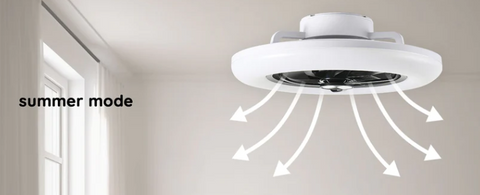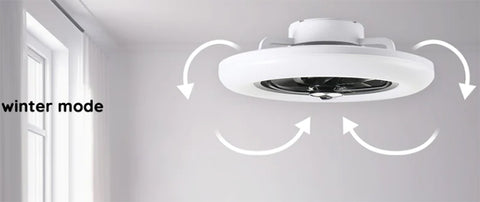Installing a ceiling fan without existing wiring can be a more complex task, and it may require some electrical work. Here's a general guide on how you might approach this project:
Note: Safety first! If you're not comfortable working with electricity, it's advisable to hire a licensed electrician.
Materials and Tools Needed:
1. Ceiling Fan Kit: Choose a fan that is suitable for your room size and comes with a downrod.
2. Wireless Ceiling Fan Remote: Some ceiling fan kits include a remote. If not, you may need to purchase one separately.
3. Electrical Boxes: You'll need an electrical box suitable for ceiling fan installation. If there is no existing box, you'll need to install one. Choose a fan-rated box.
4. Wire: You'll need electrical wire to connect the fan to a power source.
5. Wire Nuts, Screws, and other Hardware: Standard electrical supplies for securing wires and mounting the fan.
6. Ladder, Screwdrivers, Pliers, etc.: Basic tools for installation.
Steps:
1. Turn Off Power:
Turn off power to the area where you'll be working. This is typically done at the circuit breaker.
2. Locate a Power Source:
Identify a nearby power source for the fan. This may be an existing light fixture or outlet.
3. Install Electrical Box:
If there's no existing electrical box in the ceiling, you'll need to install one. Follow the manufacturer's instructions for the type of box you choose.
4. Run Wiring:
Run electrical wire from the power source to the new electrical box for the fan. Secure the wire properly and follow local electrical codes.
5. Connect Wiring:
Connect the wiring from the electrical box to the wiring in the ceiling fan kit. This typically involves connecting the black to black (hot), white to white (neutral), and green or bare copper to the grounding wire.
6. Mount the Fan:
Follow the fan kit instructions to mount the fan to the electrical box.
7. Install Remote Control:
If your fan doesn't come with a built-in remote, install the wireless remote control according to the instructions.
8. Secure Loose Ends:
Use wire nuts to secure the connections and ensure all wires are safely tucked away.
9. Test the Fan:
Turn the power back on and test the fan and remote to ensure everything is working correctly.
10. Secure Blades and Canopy:
Make sure the fan blades and canopy are securely attached according to the manufacturer's instructions.
Always refer to the specific instructions provided by the ceiling fan kit manufacturer and follow local electrical codes. If you're unsure or uncomfortable with any step, it's best to consult with a licensed electrician.




Comments (0)
There are no comments for this article. Be the first one to leave a message!